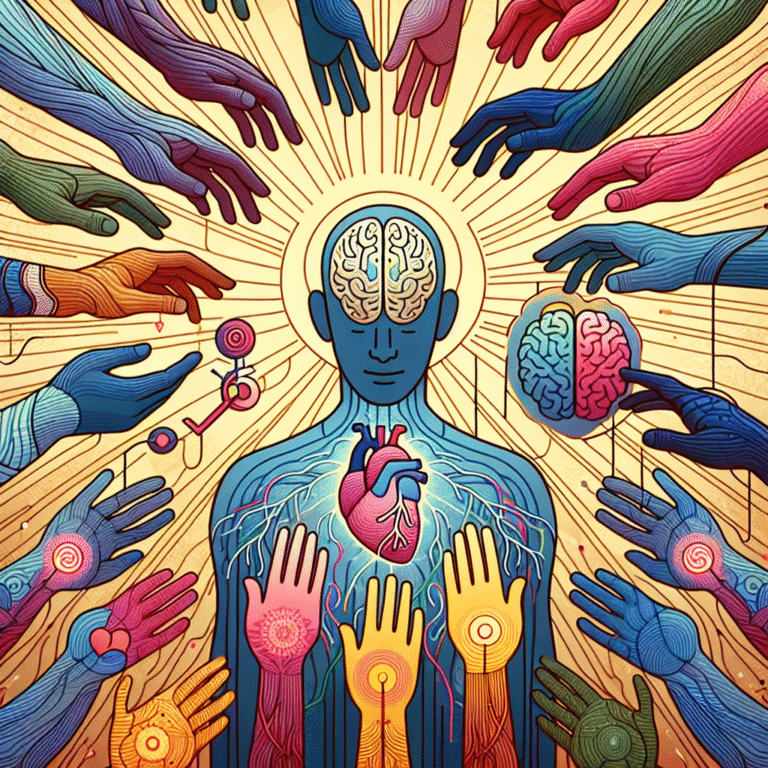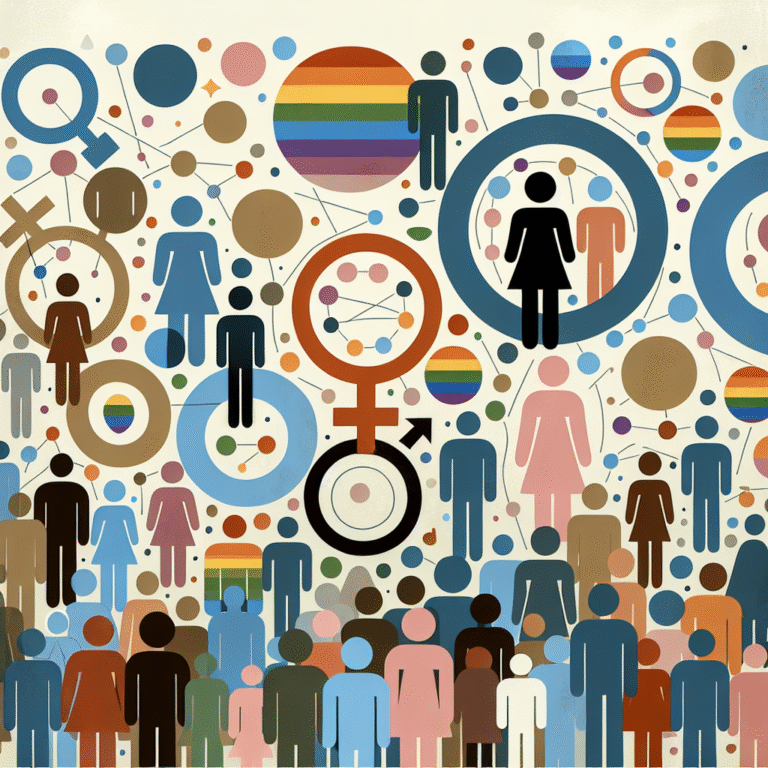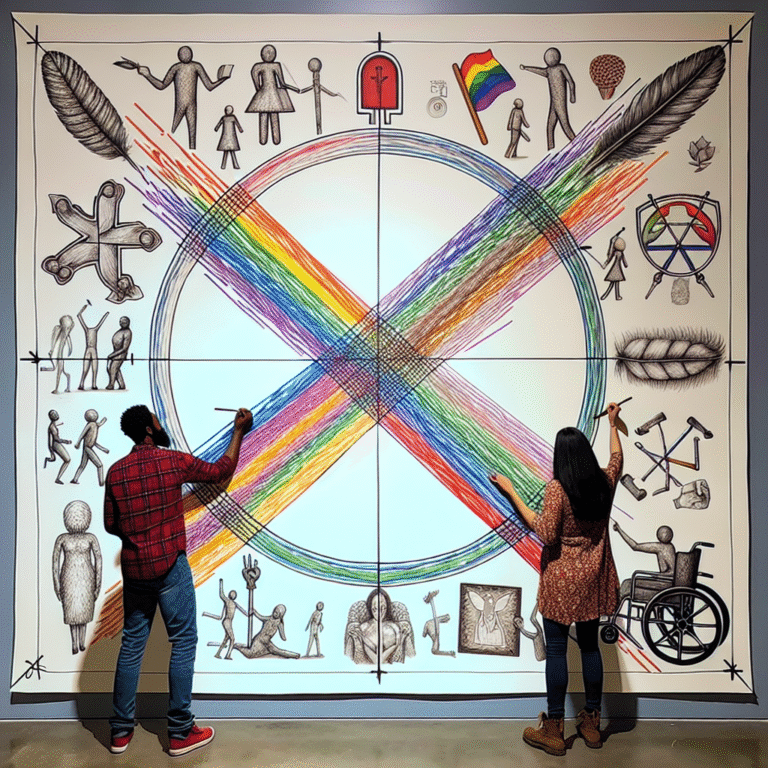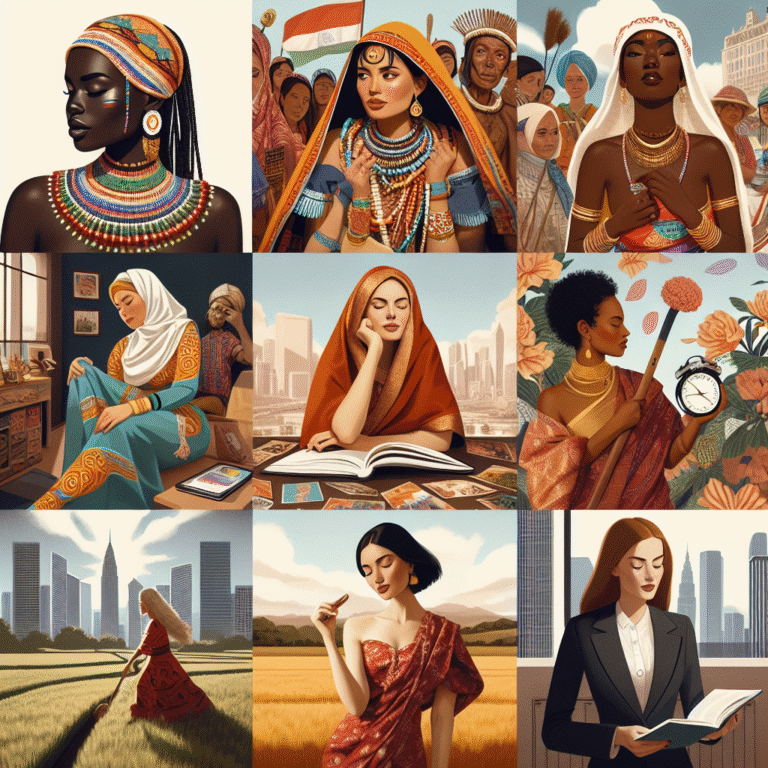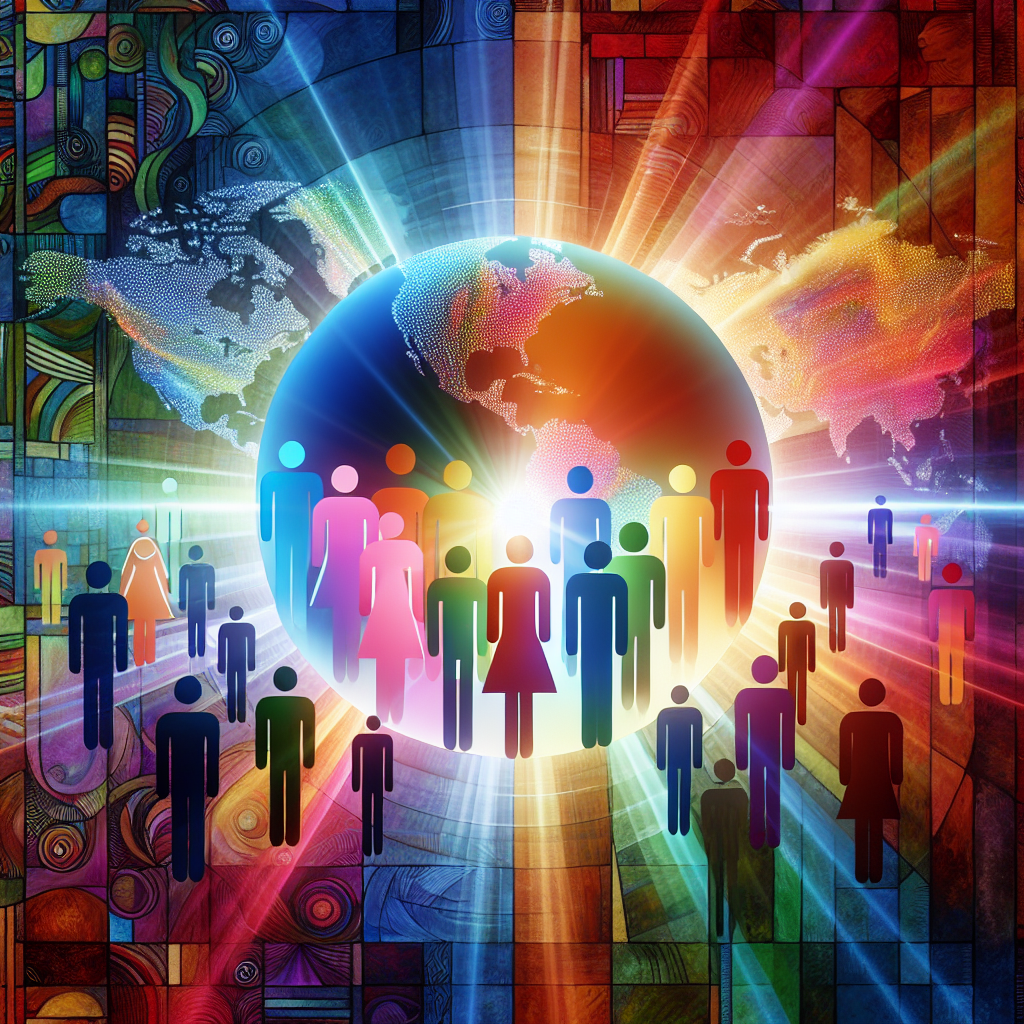
Introduction
In an increasingly complex world, the traditional labels of "male" and "female" are no longer sufficient to encompass the diverse experiences of individuals. As society evolves, so too do our understandings of gender, as evidenced by the rise of non-binary identities. The notion of gender as strictly binary is a relic of a bygone era. Non-binary people—those who identify outside the male-female dichotomy—are gaining visibility and recognition, prompting a much-needed dialogue on gender identity. In this article, we explore the rich tapestry of non-binary identities and their implications in today’s society. Join us as we delve into the nuanced landscape of gender, aiming to cultivate understanding and acceptance for all.
Understanding Non-Binary: Definitions and Context
What Does Non-Binary Mean?
Non-binary is an umbrella term that encompasses a variety of gender identities that do not fit within the traditional binary framework of male and female. Non-binary individuals may identify as a mix of both genders, neither, or fluctuate between different gender identities. Common terms within the non-binary spectrum include genderqueer, genderfluid, agender, bigender, and more. Understanding these complex identities is crucial in our evolving conversation around gender.
The Historical Context of Non-Binary Identitities
To appreciate the current landscape of non-binary identities, it is essential to look back in history. Many cultures throughout the world have recognized third-gender or non-binary identities long before contemporary discussions. Indigenous cultures in North America, for example, have long acknowledged Two-Spirit individuals, encompassing a spectrum of gender identities. Understanding these histories can foster greater respect and acknowledgment of non-binary identities in today’s contemporaneous society.
Why Now? The Rise of Non-Binary Visibility
The past decade has seen a significant increase in the visibility of non-binary identities, thanks in part to rising social movements and media representation. Public figures, influencers, and celebrities have begun to share their non-binary experiences, normalizing discussions about identities beyond the binary. This visibility fosters a growing acceptance of diverse identities and challenges the rigid gender norms that have prevailed for centuries.
Real-World Applications and Case Studies
Case Study 1: The Impact of Language on Gender Identity
Language is a powerful tool that shapes our understanding of the world, including gender. A growing number of organizations and educational institutions are adopting gender-neutral pronouns, such as "they/them," to create more inclusive environments. According to a study conducted by the University of California, individuals who use gender-neutral pronouns experience reduced feelings of alienation.
| Gender Pronouns | Usage Example | Impact on Inclusivity |
|---|---|---|
| They/Them | "They are my friend." | Increased acceptance |
| Ze/Hir | "Ze went to the store." | Recognition of non-binary identities |
| Xe/Xem | "Xe is an artist." | Validation of diverse identities |
This case highlights the importance of language and its role in acknowledging and respecting non-binary individuals.
Case Study 2: Non-Binary Representation in Media
Representation plays a vital role in shaping societal views. The television series "Billions" featured a non-binary character, demonstrating a significant shift in media representation. Critics argue that such representation can challenge normative perceptions of gender and encourage acceptance of non-binary identities. The response from audiences has been overwhelmingly positive, with many appreciating the portrayal of complex, multifaceted characters who reflect real-world diversity.
Case Study 3: Non-Binary Identities in the Workplace
Progressively, workplaces around the globe are adapting to include non-binary employees. A report by the Human Resource Management Association found that companies that embrace diversity, including non-binary individuals, experienced higher levels of employee satisfaction and increased innovation. Organizations are gradually adopting more inclusive policies regarding gender recognition, which is essential for creating safe and equitable work environments.
Understanding Non-Binary Experiences
The Intersectionality of Non-Binary Identities
Non-binary identities do not exist in a vacuum; they intersect with other aspects of identity, including race, ethnicity, sexuality, and socioeconomic status. Individuals who identify as non-binary may experience unique challenges based on these intersections. Understanding intersectionality is crucial for fostering inclusive spaces where non-binary individuals can thrive.
Challenges Faced by Non-Binary Individuals
Non-binary individuals face numerous challenges in navigating a world that often privileges binary identities. Discrimination, misunderstanding, and lack of access to appropriate healthcare are just a few of the difficulties they encounter. For many, these experiences can lead to feelings of isolation and invisibility, emphasizing the need for increased awareness and education.
Building a Supportive Community
The Role of Allies
Allies play a crucial role in supporting non-binary individuals. By actively listening to non-binary experiences and advocating for their rights, allies can help foster an environment of acceptance and understanding. Practical steps for allies include using inclusive language, challenging discriminatory behavior, and engaging in conversations about gender identity with curiosity and empathy.
Creating Inclusive Spaces
Creating inclusive spaces involves recognizing and validating the identities of non-binary individuals. Educational institutions, workplaces, and public spaces should strive to foster an environment where everyone feels seen and respected. Implementing policies that respect chosen names and pronouns, as well as providing education around non-binary identities, can significantly enhance inclusivity.
Conclusion
The journey towards understanding non-binary identities is ongoing and requires commitment, empathy, and a willingness to embrace complexity. As we move beyond binary understandings of gender, we nurture a society that recognizes and celebrates diversity. The call for acceptance is louder than ever, and every individual—whether a part of the LGBTQ+ community or an ally—has a role in this transformation. Let us aim to become advocates for change, fostering a world where all identities are validated and celebrated.
FAQs
1. What does it mean to be non-binary?
Non-binary refers to gender identities that do not fit within the traditional categories of male or female. Non-binary people may identify as a mix of both genders, neither, or vary across different gender expressions.
2. How can I support non-binary individuals?
Support non-binary individuals by using their preferred pronouns, advocating for inclusive policies, and educating yourself about their experiences and needs.
3. Are non-binary identities new?
While the term "non-binary" may be relatively recent, non-binary identities have existed in various cultures throughout history, often recognized through alternative gender categories.
4. What are some common misconceptions about non-binary people?
Common misconceptions include the idea that non-binary identities are just phases or that they are seeking attention. Understanding that gender is a personal and diverse experience is essential.
5. How can workplaces become more inclusive for non-binary employees?
Workplaces can become more inclusive by adopting gender-neutral language, respecting preferred names/pronouns, and implementing policies that acknowledge diverse gender identities.
In our continuous quest for understanding, the article titled "Beyond the Binary: Understanding Non-Binary Identities in Today’s Society" serves as an essential resource, illuminating the nuances of non-binary experiences and encouraging dialogue in both personal and societal contexts. As we navigate the complexities of identity, let us commit to fostering a more inclusive and compassionate world.




